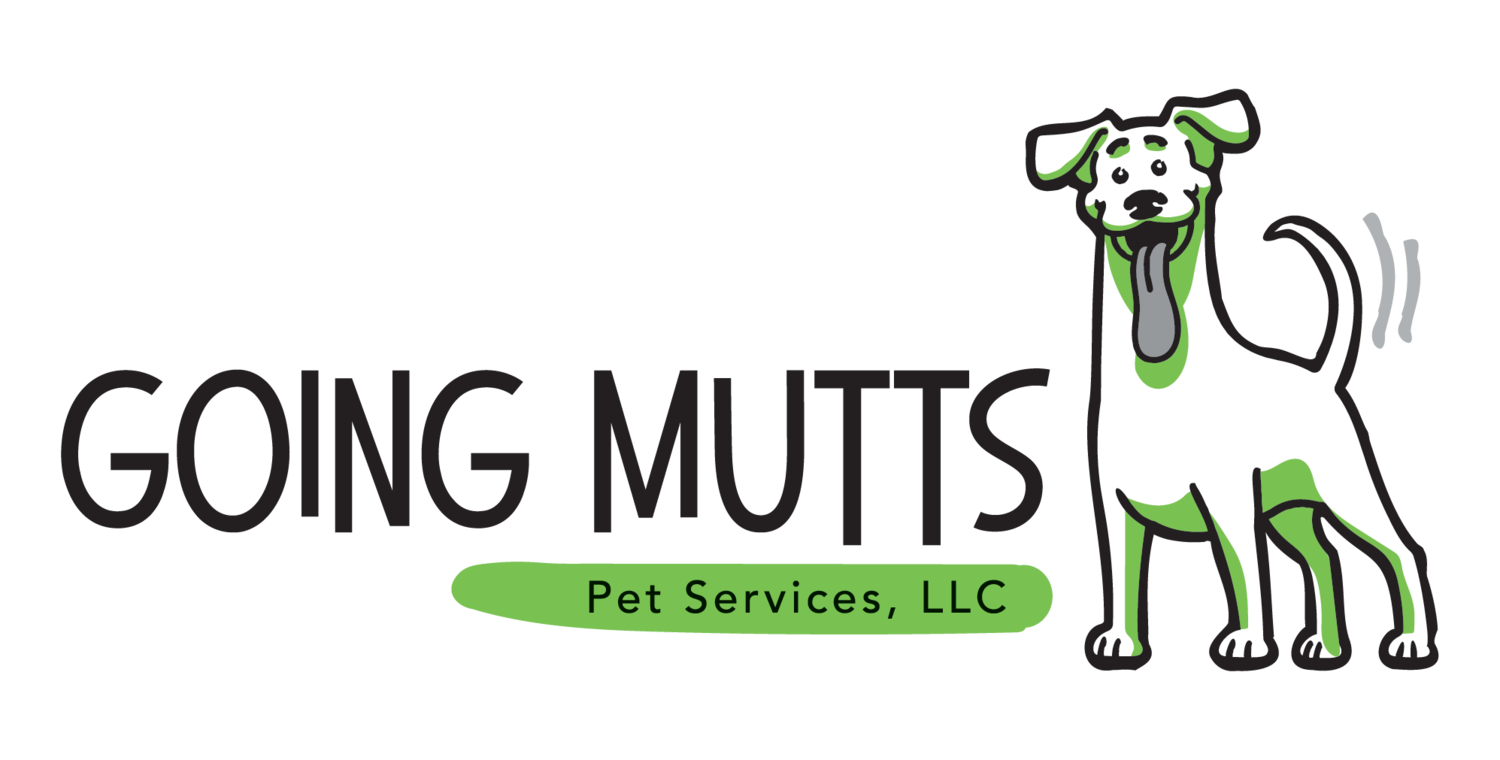Pet-Friendly Ice Melt: Safe and Necessary This Winter?
We use it every winter and usually don’t think twice about putting it down, so what’s the big problem using it to help with the ice? We’re referring to ice melt and although it’s a necessity to keep the sidewalks and driveways from getting too icy, it can lead to some damaging effects when it comes to your pet. Ice melts are commonly made of different kinds of salts such as sodium chloride, potassium chloride, calcium chloride and magnesium chloride; but are these ingredients safe enough to have around your pets?
To understand ice melt, let's understand how it works. When you throw your ice melt onto the ground, the chemical ingredients water from the ice and dissolves it, making it a concentrated solution. As a concentrated solution, it lowers the freezing point below that of pure water and if there are enough chemicals added, the ice should start to melt. Since this is usually the response people want when they lay down the ice melt, it’s a success when we can see the ice melting away and people can safely walk; however, the chemicals in the ice melt are what can make or break it with being pet-friendly.
Basically pet-friendly or pet-safe ice melts contain safer ingredients and the chlorides are typically at lower levels. But, the first thing you need to know about any labels containing the words ‘pet-friendly’ or ‘pet-safe’ is that, unfortunately, sometimes labels lie. When reviewing a pet-safe ice melter, skip the advertising and read the ingredients! You’re looking for something that contains urea or magnesium chloride. Although these are considered safer ingredients, there is still potential for your pet getting an upset stomach if they consume too much.
Pets don’t ingest the ice melt on purpose. Yes, some dogs may enjoy the taste of the salt, in which case you will need to be extra vigilant when it comes to walking them in the snow and there is salt out. Most dogs will ingest the ice melt from licking their paws after walking through a recently treated area or eating snow that has ice melt in it. When they ingest the ice melt, the most common issue for them is an upset stomach or vomiting and diarrhea. Ingesting too much can also lead to an elevation in sodium levels, which can cause tremors or seizures. Skin and mouth irritation with some burns may occur as well depending on the sensitivity levels of your dog's skin with the ice melt.
The most common type of ice melt is rock salt, which is one of the least pet-friendly types out there as it can lead to skin irritation and gastrointestinal problems for your pup. Pet parents need to be extremely aware of ethylene-glycol based ice melt products - these have the same ingredients as antifreeze, which can be deadly if ingested by your dog.
While ice melt can be an advantage for us two-legged ones, there are ways you can help your four-legged friends minimize potential problems when it comes to being exposed to ice melt:
Don’t let your dog eat any of the salt and snow/slush outside that may have been treated with the salt. Stick to backyards for running around or going potty. If you do take walks, pet parents need to be very aware of what has been laid down on the roads or sidewalks where you are walking your dog.
Wipe your pets paws as soon as they get inside with a damp cloth or baby wipes. Salt can get stuck in between their paw pads, so minimize their licking until all paws have been cleaned after being outside.
If you have a sensitive dog whose paw pads are becoming irritated, use paw wax to help keep them moisturized so they can heal.
Dog booties are a great way to create a barrier between the salt and your dogs paws, making sure nothing touches their pads while outside.
Keep all ice melt packaging out of paws’ reach.
Although ‘pet-safe’ ice melt can still have some effects on dogs if they ingest it, they are considered to be a safer way to go when you have a pet and the driveway needs to be clear of ice. While we know that ice can always accompany a snow storm and it needs to be melted, pet parents should understand that they need to take a little extra time when it comes to choosing a ‘safer’ ice melt with pets in the house. Reading ingredients and knowing which ones to steer clear of can be a saving grace when your dog accidentally licks his paw and ingests some ice melt. Stay conscious and always read the full label because marketing is meant to draw you in with those big words of ‘pet friendly.’
Psssst! Want to know something that’s 100% pet friendly? Dog walks with Going Mutts Pet Services! Yes, we know the weather can be a bit unexpected in the winter and the cold can really keep you inside, so let one of our paw-some dog walkers ‘keep pup’ with your dog's exercise. We would love to chat with you about how we can customize a daily walking plan for you and your furry friend, so contact us today to set up a free Meet ‘n Greet.
Sources:
https://www.aspca.org/news/keeping-pets-safe-during-winter-dangers-ice-melts

